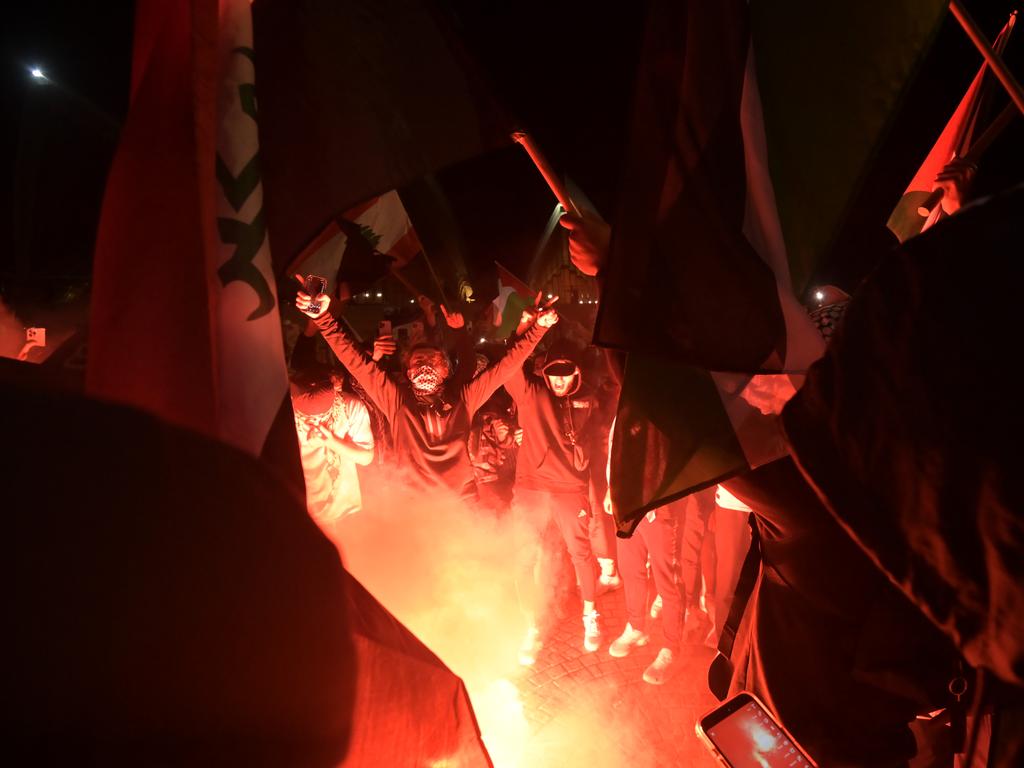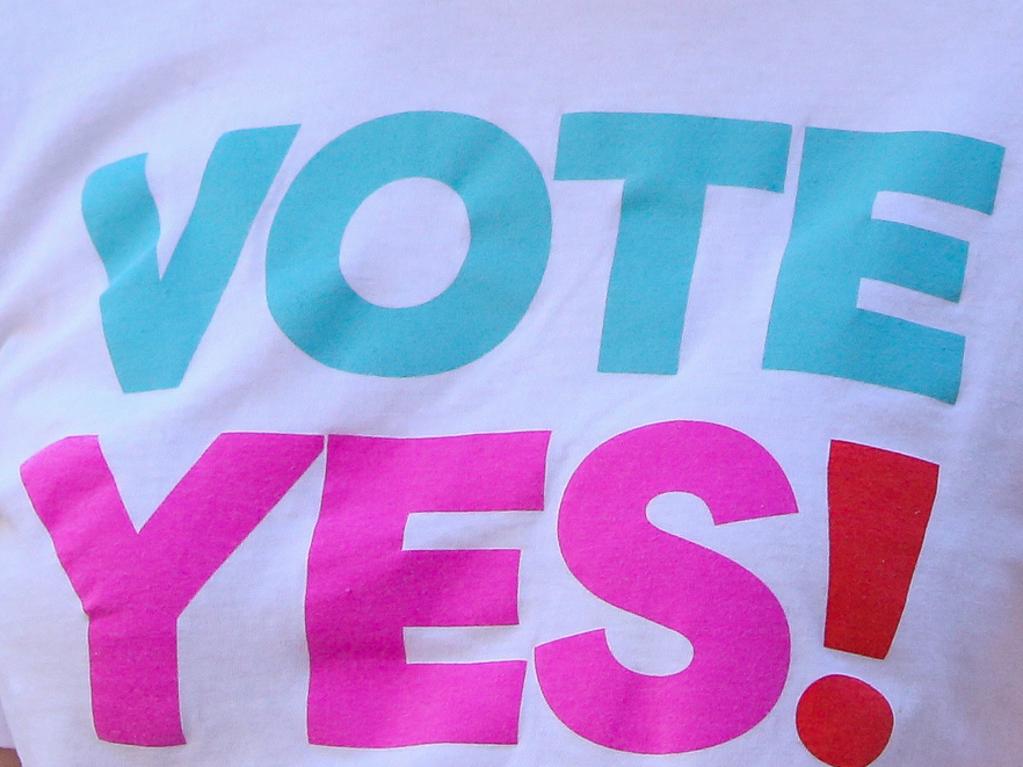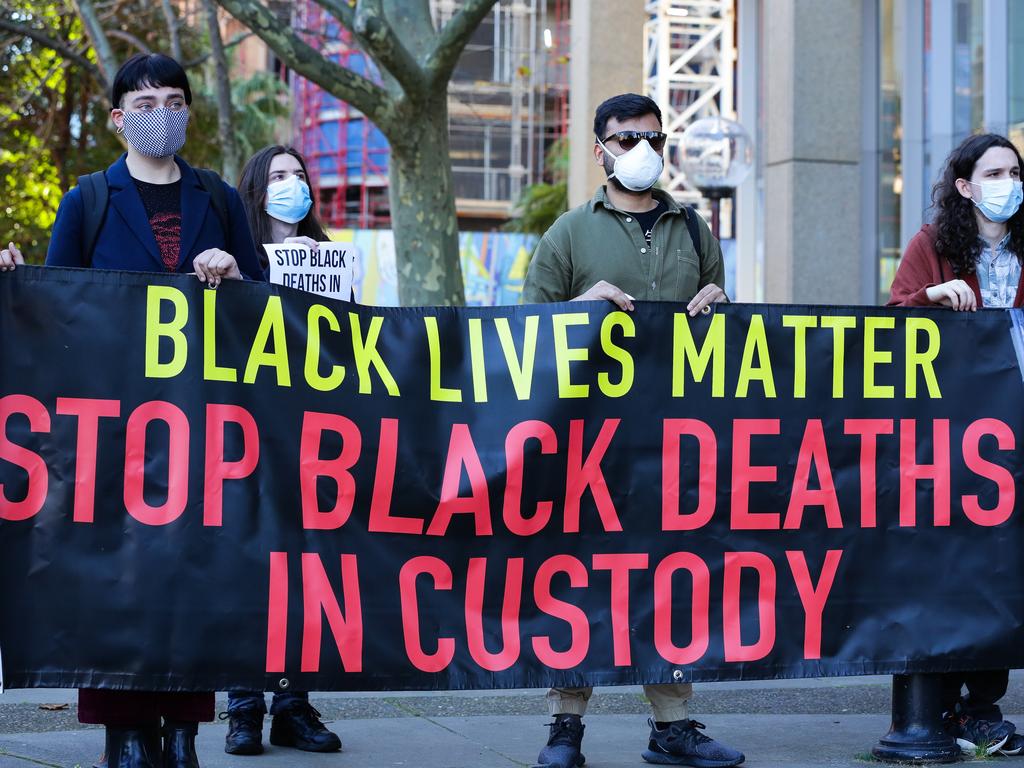Anger simmers in paradise lost - Life on Christmas Island
THE fictional Dr Moreau conducted his bizarre research with men and animals safe from prying eyes on a tropical hide-away. Kevin Rudd conducts his experiments behind secure barbed wire fences on the Australian territory of Christmas Island.Just 360km from Java but 2600km from Perth, this beautiful islet is now the site of a human laboratory in which the Rudd Labor Government is running a huge social engineering exercise under the guise of the nation's immigration policy.
As last Saturday's (November 21) disastrous riot involving more than 150 Sri Lankan and Afghan detainees within the island's Immigration Detention Centre showed, the experiment in forced multiculturalism involving unwilling recipients is a disaster. Using sharpened pool cues, spears fashioned out of broomsticks and clubs made of thick branches ripped from shade trees in the compound, the unhappy and distrustful inmates viciously attacked each other, cracking heads, breaking legs and arms and causing severe lacerations. Never before had men from different ethnic groups clashed in Australian immigration detention as they did that evening, seriously injuring 37 and forcing the medical evacuation of four of the most severely wounded via chartered aircraft to Perth. This is the monsoon season in the tropics, a period of steaming high humidity broken only by occasional clouds of drifting rain which do nothing to alleviate the heat. Uniquely, on this isolated island, it is also the time for hundreds of millions of red crabs to migrate from the jungles down to the craggy limestone coast to spawn on the turn of the high tide accompanying the last quarter of the moon. Immigration Minister Chris Evans said overcrowding was not a factor in the riots but he is reading from a script in Canberra, a quarter of the world away. The centre was built for 400, with the capability in the shortterm of holding up to 800. It now holds about 1000. Recently tents and a large marquee with a wooden floor were flown by Hercules to the island to house expected new arrivals. Of course overcrowding is a problem and as modern as the facility is, as secure as it is, the riot was predictable and sources who work there are adamant that the place will blow again. Evans needs to be reminded that even under the stringent conditions that existed at Woomera and Baxter detention centres under the previous Howard government administration, there was never a riot to rival this week's rampage. Even then, the anger was directed at the officers, not at fellow detainees. In any environment, placing 1000 men, some of whom may have been traumatised, some of whom may be Tamil Tiger fighters, some of whom may be violent, in confined quarters is likely to challenge the psyche and provoke an outbreak of aggression. To cram double or more people into the place than it was designed for is asking for real trouble. That the injuries were not more severe is a tribute to the unarmed staffers from Serco, the firm responsible for all services at the camp. They faced the rioters, pulled out the wounded and restored order with the assistance of hastily-called Australian Federal Police reserves from the other side of the island. They were not wearing body armour, they were not carrying side arms, not even pepper spray, and they faced down the mob though some had only passed through the induction in the past week. The AFP is now looking at images captured by CCTV camera, the same CCTV cameras condemned by civil rights activists as ``over the top'' and evidence that the Government was ``spying from Canberra'' on the inmates when they were installed. That video is now helping AFP officers identify ring leaders and activists and those found to have been involved may be charged with criminal offences and, according to sources here, will definitely not be settled in Australia. Friction between the Sri Lankan Tamils and the Afghans has been created by the apparent differences in treatment received by the two groups and the operational challenges they pose. The Tamils have shown themselves to be reluctant to co-operate, harder to identify and presented greater difficulty in establishing their refugee claims than the Afghans who generally pose far less risk and therefore qualify for a swifter passage to the mainland and a visa. Prior to the incident it was obvious that the detainees were congregating in completely separate groups with no interaction but when concerns were raised about problems the groups were having officers declared that as they would all have to live in a multicultural Australia, being held together was part of the acclimatisation process for the mainland environment. The combination of the Howard government's Pacific Solution model in 2001-2002 and the issuance of temporary protection visas (TPVs) saw no boats arrive in 2002-2003. The next year there was one boat and another reached an ``excised'' area. None arrived in 2004-2005, in 2005-2006 there were four boats and in 2006-2007 there were five, including one from West Papua. In 2007-2008, there were three. The Rudd Government changed everything, partially as a result of the furore it created while in Opposition over the wrongful detention of German-born Cornelia Rau. In February 2008, the Rudd Government awarded Rau $2.6 million. A year later she was imprisoned in Jordan for immigration breaches but the Jordanians didn't feel the need to compensate her. Because of what it perceived as harsh treatment of detainees, Labor adopted a new client-centric approach to asylum seekers. What those who formulated Labor's approach did not understand is that they adopted a model based on near empty detention centres and almost zero boat arrivals. They did not foresee that the softening of Australia's border protection system which Labor undertook in August 2008 would generate its own surge of new arrivals. Since then, 54 boats carrying more than 2400 people have been intercepted by the Border Protection Command and the numerous agencies tasked to deal with boat arrivals cannot cope. Labor's removal of the TPVs has reopened a pipeline that the Howard government successfully blocked and the flow has increased. Australia is now seeing male asylum seekers arrive to create a beachhead from which they can sponsor other family members. History of racial harmony CHRISTMAS Islanders form three quite distinct communities -- those of European origin, those of Chinese origin and those from Malaysia and Indonesia. Christian, Buddhist, Taoist and Muslim mixing in what could be a poster community for multiculturalism, except that many Asian members of the community believe that there was actually more inter-racial harmony before multiculturalism became a fashionable Leftish policy. My father was the doctor on the island in 1946, 1947 and 1948 and I have enjoyed the hospitality of a number of the senior members of the Chinese and Malay communities this week. It has been wonderful to see men and women, who were adolescents in those years, revelling in re-living their youth and describing the community as it was when they knew my parents. A constant theme in their conversation has been the cost of food, though, and concerns about the diet the young people have. Over the decades, the market gardens have gone, fruit trees are under siege from a virulent fruit fly and there is no pig farm any longer (sadly missed by the Chinese), nor chicken farm (missed by both the Chinese and Malays). Nor are sheep raised on the island any more. The island, which has an area of 135 sq km, was first settled semi-permanently in 1827 by the Clunies-Ross family. After rich phosphate deposits were found in 1887, the mine became the dominant factor in the island's history. In its heyday, the population reached about 3000. Today the permanent population is around 1000, with slightly more -- and increasing -- in the detention camps, plus around 300 staff. The island was surrendered to Japan in World War Two after a mutiny by Indian soldiers, then came back under British ownership until 1958, when it was transferred to Australia. A speedy voyage to visas IF YOU'RE seeking a speedy Australian resident visa, it pays to come by boat. In 2009 to November 23, 931 irregular maritime arrivals (IMAs in bureaucratese) have been granted permanent visas after being processed through Christmas Island. That number includes the 42 people who were on the boat that lethally exploded on April 16, even though the Northern Territory police and the Federal Government have still refused to release a definitive report. The nationality breakdown of those who have been granted refugee visas, according to the Department of Immigration and Citizenship is Afghans (706), Iraqis (110), Sri Lankans (73), other nationalities including Iranians, Pakistani and Burmese (42). A total of 119 asylum seekers have been sent back or returned to their country of origin to November 23. No access for media MEDIA access to the asylum seekers or ``clients'' in the Immigration Detention Centre and other holding areas is blocked by the Rudd Government even though the ALP, in Opposition, was critical of the Howard government for restricting press scrutiny. Rudd Government Infrastructure Minister Anthony Albanese, husband of NSW Labor Minister Carmel Tebbutt, gave a speech in the House of Representatives on August 10, 2006, in which he said that the Howard government's migration policy left a number of questions unanswered. Among the questions he asked was ``will journalists and lawyers be given access to detainees in the centres?'' Lawyers, yes, journalists, no, it seems, unless a detainee specifically nominates a particular journalist. That usually involves an intermediary from the civil rights lobbies so the Australian public is generally told only one side of the story. Huge cost of housing refugees THE very nature of Christmas Island's isolation makes the processing of irregular maritime arrivals (IMAs) an extremely high cost procedure. The cost of operation has been running at $40 million a year, but that is about to jump with the decision to double capacity at an estimated cost of $40 million, which will inevitably blow out. It means, however, that rafts of psychologists, counsellors, trauma specialists, teachers, police and customs officials, interpreters and experts to deal with health and security vetting also have to be accommodated on the island. The huge government presence has placed the island's resources under strain, sending food and accommodation prices soaring. The Government has a permanent hold on almost every available hotel room, flat and room in the workers' quarters. The cost of a single room has risen from about $150 a week to about $600. It has block-booked rental cars and has a standing evening booking for the island's three taxis. The upside is that the detention industry has given a boost to the island's economy, which has historically been based on mining the now-dwindling reserves of phosphate and, to a lesser degree, on tourism. The downside is that some islanders are finding it hard to afford fresh fruit and vegetables, meat and basics such as milk, for which they have to compete with asylum seekers on government subsidies living in the community. A family of four asylum seekers in community detention receives up to $1000 a fortnight from the Department of Immigration and Citizenship. Adults in community detention are given $100 cash and $360 in store credit a fortnight to buy food and other items. A family of two adults and two children would receive $300 cash and $766 store credit a fortnight. A ban was recently placed on the store credit facility being used to purchase iPods. This week, fresh milk was not available but before it ran out it was selling at $10 for 500ml.






